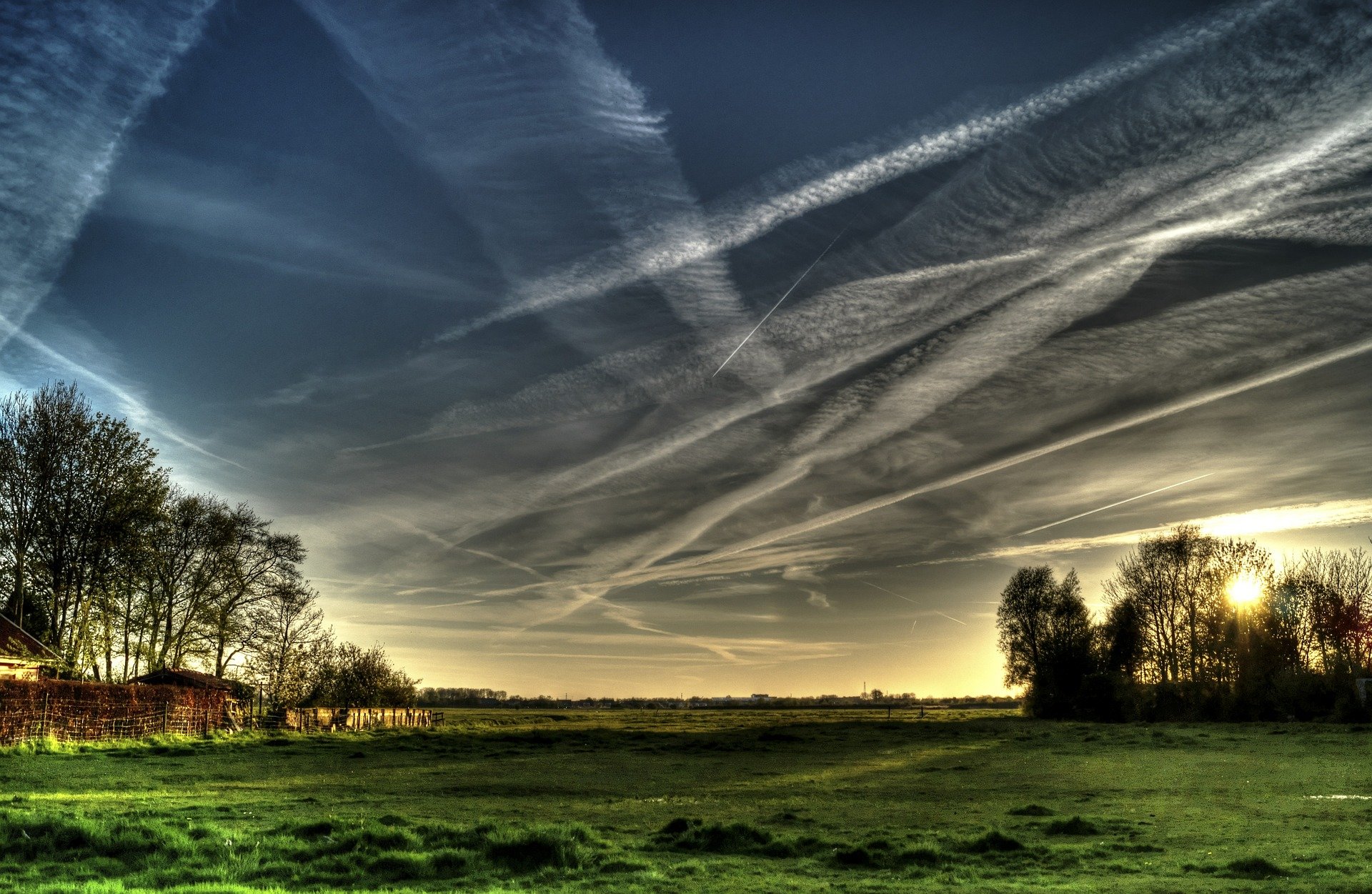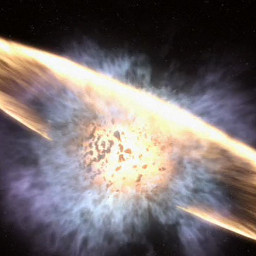TIL contrails are a legitimate concern and have environmental impact!
Same here, and I’m a bit confused since it was recently discovered that clouds formed due to ship sulfur pollution were helpful to reduce warming, and reducing the sulfur pollution actually caused heating.
Why do those clouds cool the planet while contrails heat it? Is it just the difference in altitude, having the clouds higher up for some reason acting more insulating?
It’s exactly as you said—different clouds have different effects on the climate. Some warm things, some cool things.
It’s more complicated than this, but the way I learned in school was that all clouds reflect sunlight, but they can also block some IR from leaving the earth. Low clouds absorb IR from the surface but re-emit it at a similar level to the ground because they are a similar temperature. In this case the reflective effect dominates, so most low clouds have a cooling effect. But high clouds are very cold—this means they absorb the same IR from the surface but emit far less into space, keeping the planet warmer. This dominates the reflective influence, so high clouds can warm the climate.
Clouds at night are particularly warming, since they don’t reflect sunlight. For this reason, redeye flights have a greater warming effect than other flights. Supersonic jets and other very high flying aircraft can also be extra harmful.
My uneducated guess - That article mentions the high sulphur content causing them to be reflective. If those weren’t there, the sun would be hitting the dark water and being absorbed instead of reflected. Contrails are just water and so probably absorb more energy instead of reflecting.
y tho
just put everything on rails, or at least as much as humanely possible
transatlantic railroad
WaterLev©™® trains powered by Big Hydro
But that would hurt oil industry profits, and you know they can’t have that.
Because executives have to get from coast to coast NOW, they are very important have have to be in the same room as other executives while they tank the possibility that you can ever retire.
As the airline industry pushes and waits for more sustainable fuels and alternative power engines, many major carriers have shifted focus to the emerging field of studying contrails, once considered an innocent byproduct of water vapor at high altitudes. But those whispy clouds are actually a significant environmental detriment because they hold heat in the atmosphere that would otherwise escape. […]
The initial trial tested 70 flights, modifying flight paths to try to avoid conditions with altitudes, weather and humidity where they thought contrails were most likely to form. They were able to cut down on contrail coverage by about 54%, based on Google’s satellite imagery. But those flights had to use about 2% more fuel to gain the results.
So does a 54% reduction in trails offset the 2% higher carbon emissions?
Probably hard to measure as the contrails stay in the atmosphere for hours and the CO2 stays there for what, hundreds or thousands of years?
How does that work? Expending more carbon (and thus more CO2 release I would think) to reduce how much water condenses on control surfaces?
it’s in the article. diverting around weather patterns where an AI said contrails were likely to form.
it’s hard to judge how real the result is. it’s early days.
That doesn’t really explain how contrails themselves increase global warming. Is it that forming the contrail pulls energy out of the gaseous water (and onto control surfaces) via condensation so now the atmosphere can absorb a bit more heat while the GHG (water) remains in the air? How does using more fuel and outputting even more CO2+water+methane counterbalance that?
Contrails contribute to heating because they block light emmited from Earth’s surface from exiting the atmosphere. It is the same mechanism by which natural cloud cover contributes to heating.
During the day, the effect is largely neutral with respect to warming. Clouds will block some sunlight and block some reflected light, net effect is roughly zero. During nighttime, however, they only block the Earth’s surface radiation from discarding energy to soace and thereby act like a blanket, trapping heat. It is the reason why overcast nights do not cool as much from the day time high temperature.
Fun fact, the days after 9/11, where all US flights were grounded, had a 2-degree Celsius increase in the range of temperatures experienced from the daily high to nightly low compared to the surrounding days with normal levels of air travel.
Some of the other comments have decent explanations.
where
where?
Very helpful. Thank you!
fucking hell just tell the AI to also reduce fuel consumption while avoiding contrails.
these people are not thinking with portals just yet are they.
CHEMTRAIL AGENDA
all time favourite conspiracy website
Reminds me of that TNG episode where they discovered warp travel damaged spacetime or something, so everyone had to slow down








